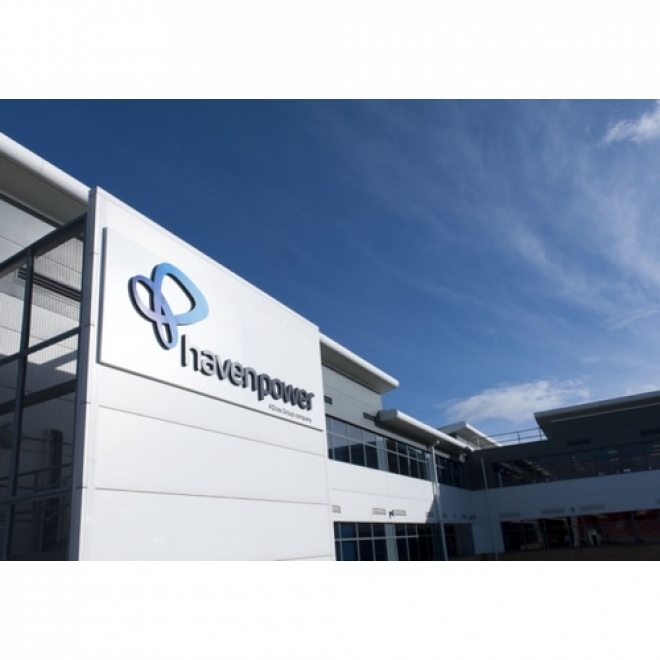Search Result.
Case Studies
15
|
Oracle University Streamlines Operations with Autonomous Database
Oracle University, a platform that provides proficiency training on Oracle Cloud Infrastructure (OCI) and SaaS applications, faced significant challenges with its underlying database system. The system, which was initially based on AWS and used PostgreSQL, was migrated to OCI in 2018. However, the PostgreSQL system had several shortcomings. Performance optimization was subpar, and building a high-availability (HA) setup required substantial expertise. The system also required additional compute resources, which led to downtime and necessitated the management of the underlying block storage that PostgreSQL used. This resulted in high administrative overhead and required expertise, making the system inefficient and costly to maintain. |
|
|
Amazon's Journey to Database Freedom with AWS
Amazon, despite being a leading-edge technology company, was still using Oracle databases for its data storage and management. The company was born before the advent of Amazon Web Services (AWS), during a time when monolithic, on-premises database solutions like Oracle were the norm for enterprise-scale data management. However, disengaging from Oracle presented significant challenges. Amazon had more than 5,000 databases connected to a variety of non-standardized systems, with ownerships and dependencies that were not centrally inventoried. There were also personnel-related risks, as many Amazon employees' careers were based on Oracle database platforms. Furthermore, Amazon engineers were spending excessive time on complex database administration, provisioning, and capacity planning. The company's rapid growth required more Oracle database shards, increasing operations and maintenance overhead. Additionally, continuing with Oracle would increase the millions of dollars Amazon was already paying for its license by a staggering 10 percent annually. |
|
 |
AWS helped Haven power increase their database ability
Haven’s focus on customer service has fuelled a rapid level of growth since its launch in 2006. For its first five years, the company ran on a hybrid infrastructure that was made up of a mixture of onsite and offsite servers. Haven’s systems were not as flexible as it would have liked, with limited support for technology testing and development. The company lacked a complete business continuity and disaster recovery (DR) plan, and needed a technology infrastructure that could both keep up with demand and help drive further growth.Haven had three options: getting a DR solution through the data center of its parent company, Drax Group; going through a third-party re-location disaster recovery service; or moving to the cloud. |

